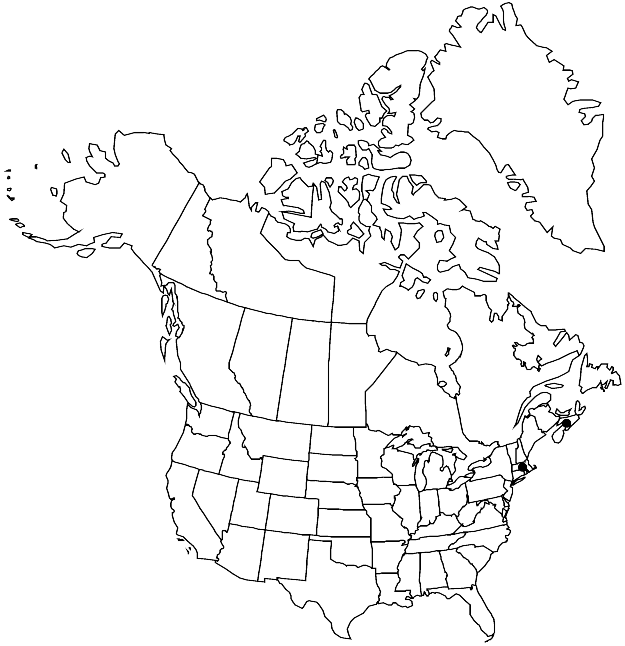Difference between revisions of "Zygodon conoideus"
Muscol. Brit., 71. 1818.
FNA>Volume Importer |
FNA>Volume Importer |
||
| Line 10: | Line 10: | ||
|name=Bryum conoideum | |name=Bryum conoideum | ||
|authority=Dickson | |authority=Dickson | ||
| + | |rank=species | ||
|publication_title=Fasc. Pl. Crypt. Brit. | |publication_title=Fasc. Pl. Crypt. Brit. | ||
|publication_place=4: 9, plate 11, fig. 2. 1801 | |publication_place=4: 9, plate 11, fig. 2. 1801 | ||
| Line 36: | Line 37: | ||
-->{{#Taxon: | -->{{#Taxon: | ||
name=Zygodon conoideus | name=Zygodon conoideus | ||
| − | |||
|authority=(Dickson) Hooker & Taylor | |authority=(Dickson) Hooker & Taylor | ||
|rank=species | |rank=species | ||
| Line 50: | Line 50: | ||
|publication year=1818 | |publication year=1818 | ||
|special status= | |special status= | ||
| − | |source xml=https://jpend@bitbucket.org/aafc-mbb/fna-data-curation.git/src/ | + | |source xml=https://jpend@bitbucket.org/aafc-mbb/fna-data-curation.git/src/f50eec43f223ca0e34566be0b046453a0960e173/coarse_grained_fna_xml/V28/V28_123.xml |
|genus=Zygodon | |genus=Zygodon | ||
|species=Zygodon conoideus | |species=Zygodon conoideus | ||
Revision as of 22:11, 16 December 2019
Plants to 0.7 cm. Stem leaves loosely erect and not contorted when dry, spreading to ± recurved when moist, oblong-lanceolate, 1–1.7 mm; margins entire; apex broadly acute, apiculus abrupt; costa ending near apex, abaxial surface covered by cells distally; basal laminal cells subquadrate to short-rectangular; distal cells 9–14 µm, papillae 2–4 per cell, walls somewhat thick. Specialized asexual reproduction by cylindric to fusiform gemmae, longitudinal walls absent. Sexual condition dioicous. Sporophytes unknown.
Habitat: Tree trunks, dead branches
Elevation: low elevations
Distribution

N.S., Mass., Europe.
Discussion
Zygodon conoideus is distinguished from Z. viridissimus by its wider, oblong-lanceolate leaves, larger laminal cells, and gemmae that have 4–7 horizontal, but no longitudinal, septa. The apiculus usually has a long, clear terminal cell.
Selected References
None.